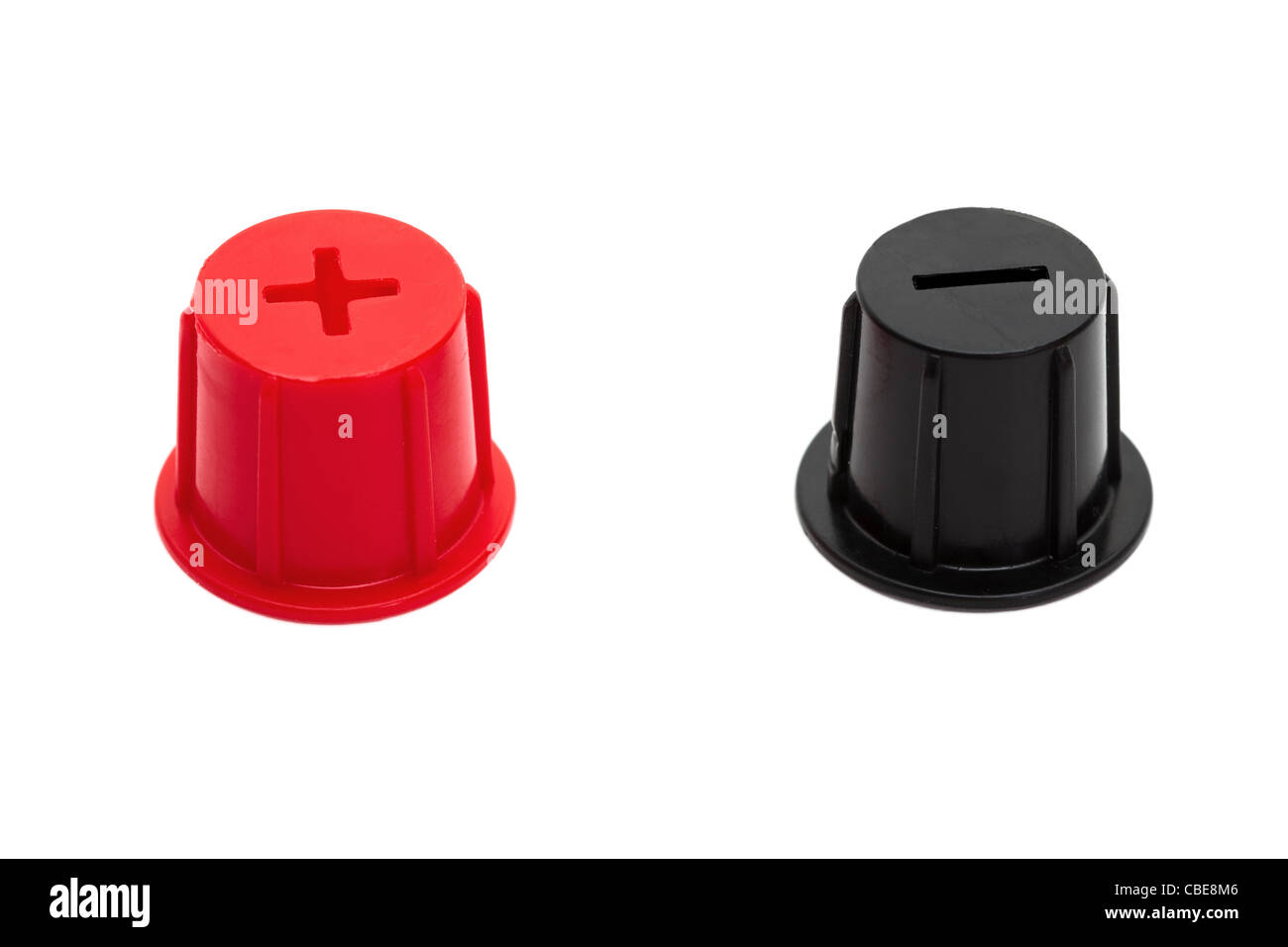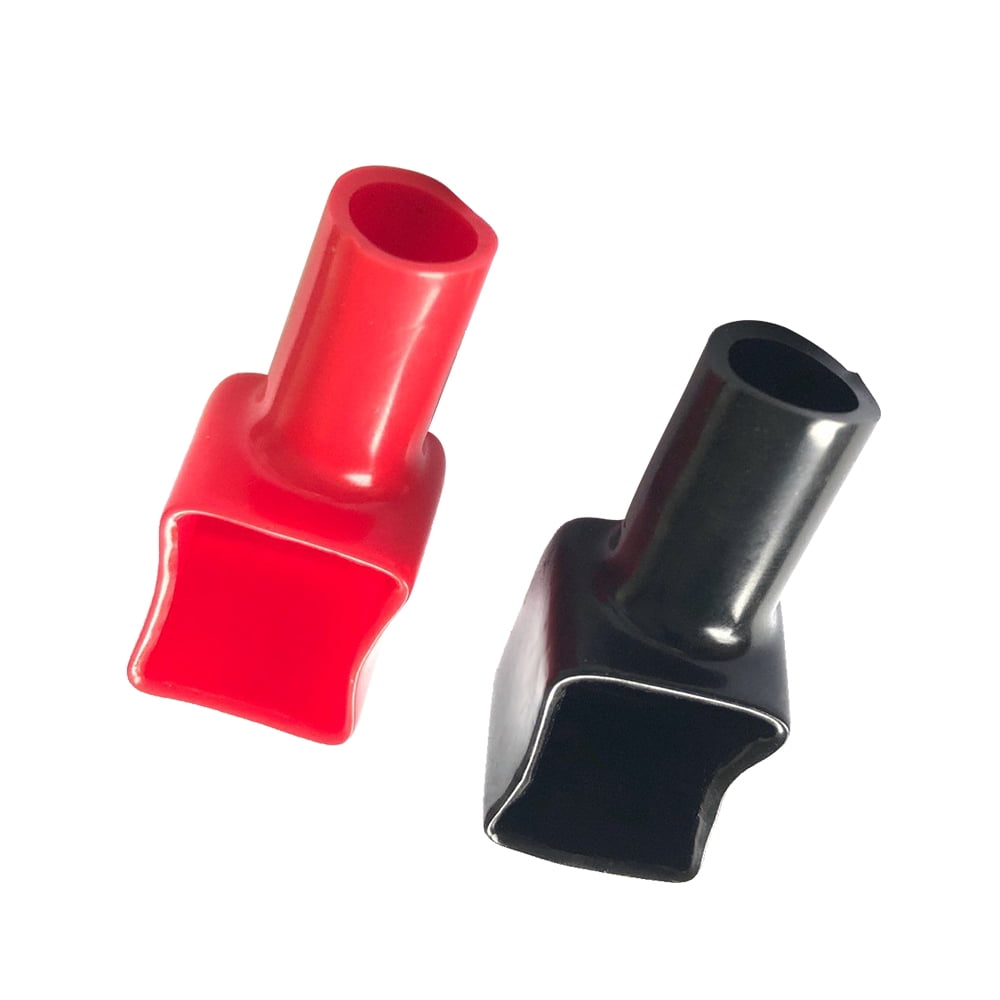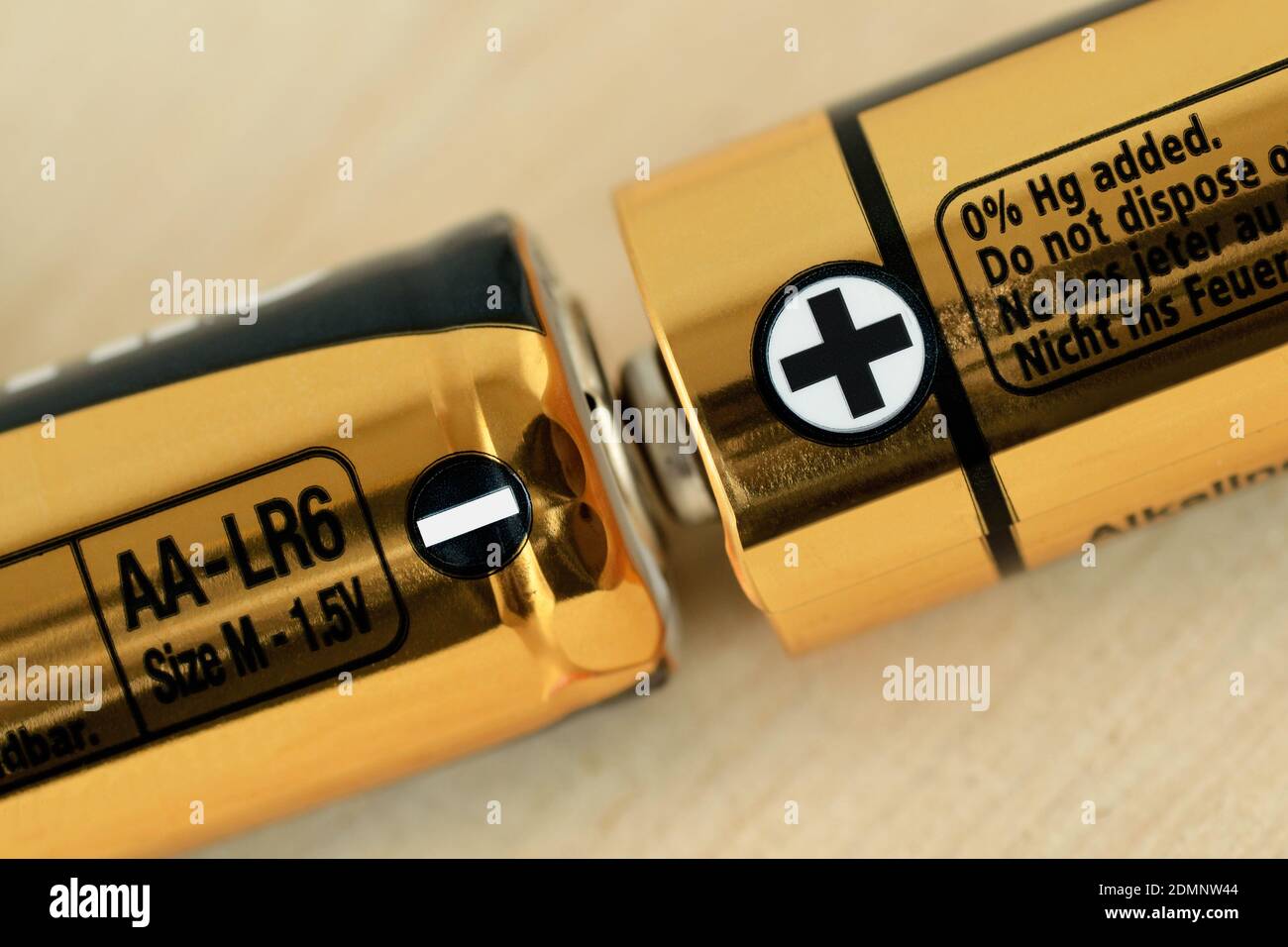


Green wires are typically used as ground wires, but can also be used as neutral wires in some instances.Įach application may differ, so it is always best to consult with a certified electrician and verify the function of each wire. White wires are typically used as neutral wires, while black wires are normally used as hot, or live, wires that are carrying current. In electrical wiring, the color of the wires is used to indicate the purpose of the wire. In some instances, black wires are used for neutral or ground wires, depending on the specific application. No, black wire does not necessarily mean negative. Never leave a charger connected to a battery while it’s not in use. Once the charger has finished charging the battery, unplug the charger and then disconnect it from the battery.
#Red positive black negative battery manual
Depending on the type of charger and the size of the battery, the charging time can vary, so make sure to consult your charger’s manual for charging instructions.īe sure to watch the battery closely while it’s charging to ensure that the charging process is working properly. Make sure that both connections are secure and tight.įinally, connect the charger to an outlet and turn it on. Next, connect the positive (+) cable from the charger to the positive terminal on the battery, and then do the same for the negative (-) cable to the negative terminal on the battery. It’s very important that nothing around the battery can cause a spark that could ignite any combustible materials.
#Red positive black negative battery free
Once you know that your battery and charger are compatible you can begin the process of charging.įirst, make sure the area around your battery is well-ventilated and free from debris. Before doing anything else, read the manual for your battery and charger to ensure that they are compatible. To hook up a battery charger, you first need to make sure you are using a charger that is designed to work with the type of battery you are using. If this marker is present, it should be located near the positive wire. The multimeter should display the voltage reading, and if it’s a positive voltage, then the wire tested first is the positive wire.Īdditionally, many cords have a marking to indicate which wire is positive, such as a “+” or “P”. Set the multimeter to read volts, and then touch one probe to the end of one wire, and the other probe to the other wire. You can also use a multimeter to determine which wire is positive. If the voltage tester detects a positive voltage, then the wire you tested first is the positive wire. To use the tester, touch one probe to the end of one wire, and the other probe to the other wire. To determine which wire on a charger is positive, you should use a voltage tester or multimeter. How do you know which wire is positive on a charger?

When charging a battery, always be sure to use a charger that is specifically designed to charge that particular battery and is rated to provide the correct amperage. It is also important to make sure the battery terminals are clean and free from corrosion, dirt, or other buildup which may interfere with the flow of electricity. Yes, when charging a battery it is important to always connect the positive (red) terminal to the positive (+) post of the battery, and the negative (black) terminal to the negative (-) post of the battery.įailing to connect a battery in this manner can cause damage to the battery, making it unusable, as well as creating sparks or a hazardous situation. When charging a battery does red go to red and black to black?

Some chargers have LED lights that indicate when the charger is connected and in use, which usually indicates the positive terminal.įor safety precautions, make sure that the charger is unplugged before examining the terminals. The positive terminal will usually have a red wire or red label, while the negative terminal will have a black wire or label. You can also tell by looking for the “+” symbol on the label or by examining the charger itself. The top terminal is usually the positive terminal, however it is best to double-check your manual to ensure this is true for your battery charger. How do you know which side of a battery charger is positive? Additionally, if you can identify which type of battery is to be charged, then you should refer to the manufactures specifications for that battery for the correct terminal connections. If you are unsure or cannot identify the terminals of your battery charger, it is best to consult the manufacturer. However, there are some battery chargers that use the opposite color coding, with black as the positive terminal and red as the negative terminal. Generally speaking,red is considered the positive terminal and black is considered the negative terminal. The answer to this depends on the type of battery charger being used.


 0 kommentar(er)
0 kommentar(er)
